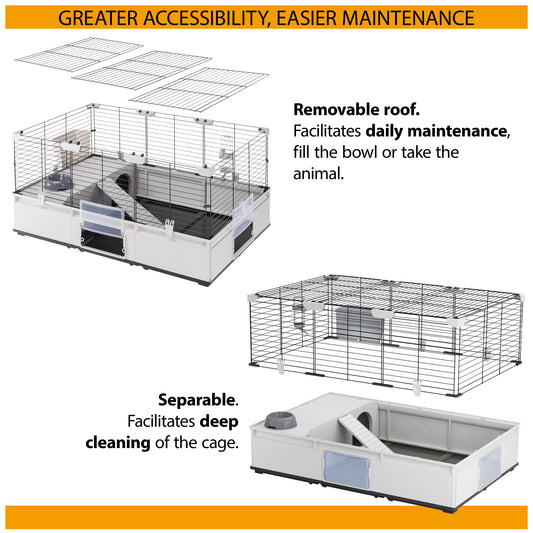It’s National Pet ID Week and the perfect time to double-check that you are doing everything you can to help identify your cat should they become lost or stolen. It is estimated that 100,000 cats go missing every year in the UK and unfortunately many of them do not have the necessary ID to be reunited with their owners. Did you know that there are legal requirements for pet ID too? Make sure you know and follow the guidance to help protect your pet.
There is no legal obligation in the UK for cats to wear collars with ID tags, but it is strongly recommended. A collar is an instant indicator that a cat belongs to someone, and a simple ID tag with contact details on provides an easy way for a lost or injured pet to be reunited with their owner.
Some cat owners do not like their adventurous pets to wear collars due to the choking risk associated with them getting caught. Always ensure that a cat wears a cat-safe collar with a quick release mechanism that will open under strain to avoid any nasty accidents.
Tag text
Cat ID tags need to be small so that they are not heavy or cumbersome for the wearer, which means you won’t be able to fit a lot of text on. Priority should be given to a telephone number, and it is probably better giving a mobile number than a landline one so that you are more easily reached.
The next piece of information that would be useful to have on a tag is your address. To save space, your house name or numbers plus your postcode should suffice.
Some owners like to include the name of their pet on its ID tag, but others are more wary to give away this information to potential cat nappers. If your cat responds to its name, someone taking a fancy to your pet could use this as a way of gaining their trust. An alternative to your cat’s name could be to have your surname on the tag to help reunite them with you if they go missing.
Time for a tag check!
If your cat already wears an ID tag, take the opportunity now to check it – especially if they have been wearing it for a long time. Is all the information still up to date? Can the engraving still be clearly read? Are there any signs of damage or wear to the tag which could put it in danger of falling off? Is your cat’s collar showing any sign of damage or wear? Is it about time you replaced it?
Microchipping
Microchipping is a form of permanent identification which can greatly increase the chances of you being reunited with your cat should they be lost or stolen. It involves implanting a tiny microchip – about the size of a grain of rice – under the skin of an animal, which contains a unique identification number. When a hand-held microchip scanner is passed over the site of the chip by a vet or rescue worker, the number can be read and cross-referenced with a database of owner details. The microchipping procedure is painless and can be carried out quickly by a vet.
New legislation introduced this year is making cat microchipping compulsory, in line with the regulations on dog microchipping. Every cat will be required to be microchipped before they reach 20 weeks of age, and their contact details will need to be stored and kept updated on a pet microchipping database. Failure to do so could see a cat owner facing a fine of up to £500, if their cat does not have a microchip by June 2024.
Time for a microchip check!
If your cat is already microchipped, when was the last time you had it checked? It’s a good idea to ask your vet to scan your cat when they go for their annual check-up, just to make sure the chip is still readable and hasn’t shifted position – it’s rare, but it can happen.
Also, when did you last update your details on the microchip database? If you have moved house or changed your telephone number, don’t forget to update the microchip records to ensure your pet can be returned to you if they are found.
In the UK there are 15 different microchip databases, so you need to know who your pet is registered with to update the details. Fortunately, there is a handy website at Check A Chip where you can enter your pet’s unique microchip number and be directed to the database that holds their details.
Make sure to be a responsible cat owner!
If you enjoyed this post, you may be interested in:









